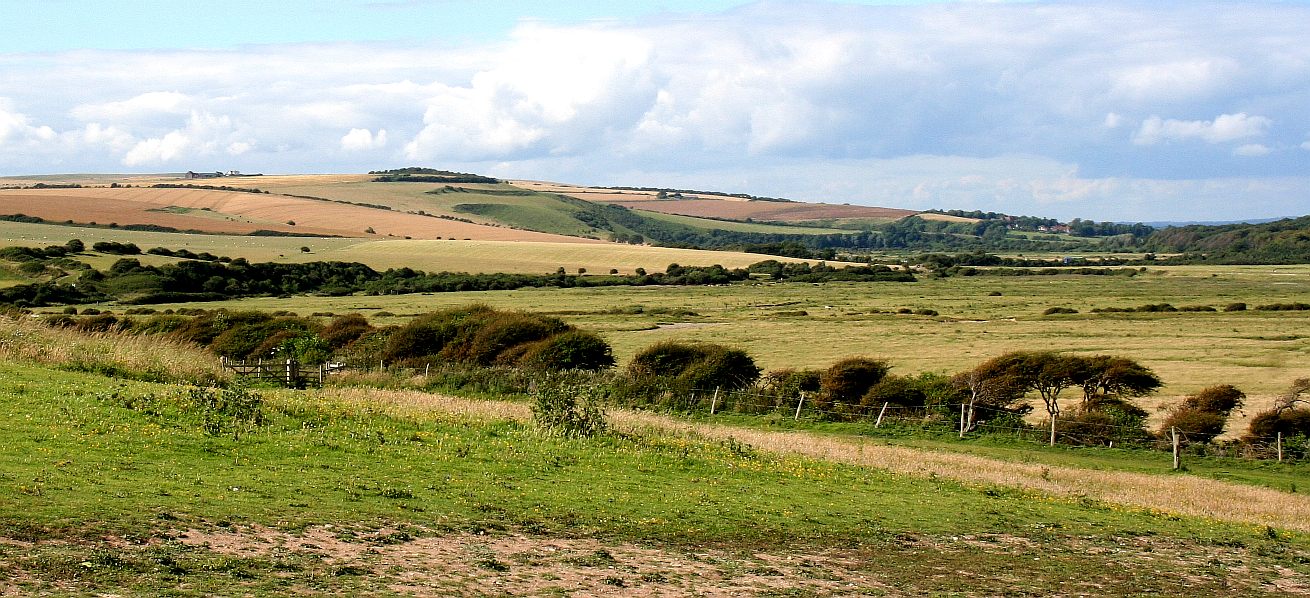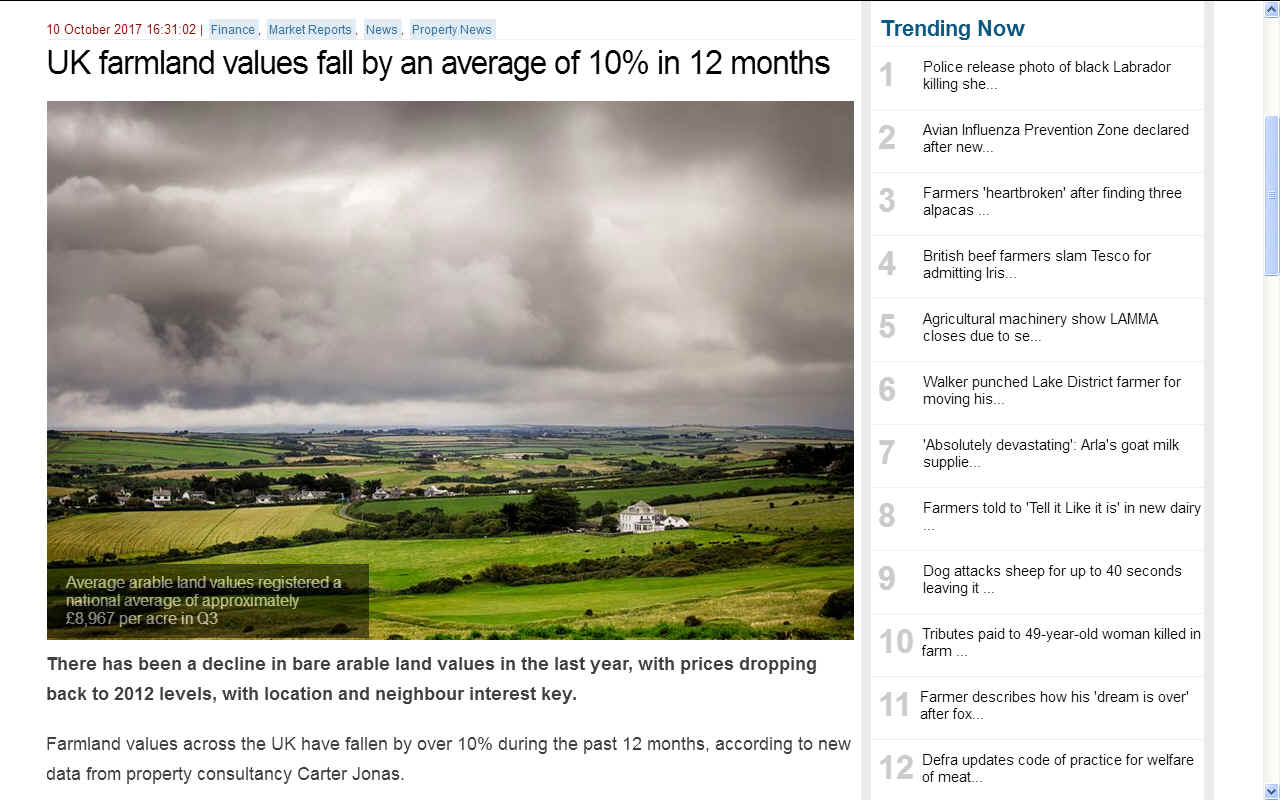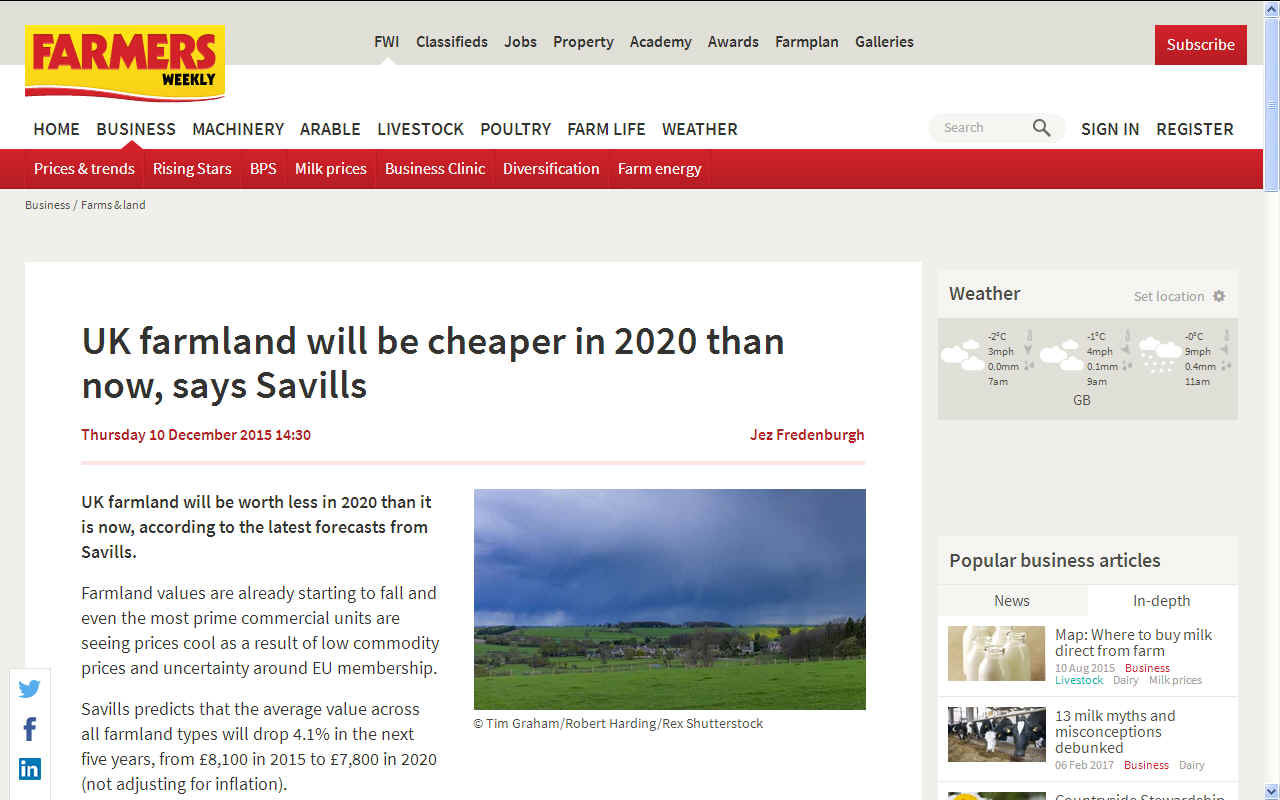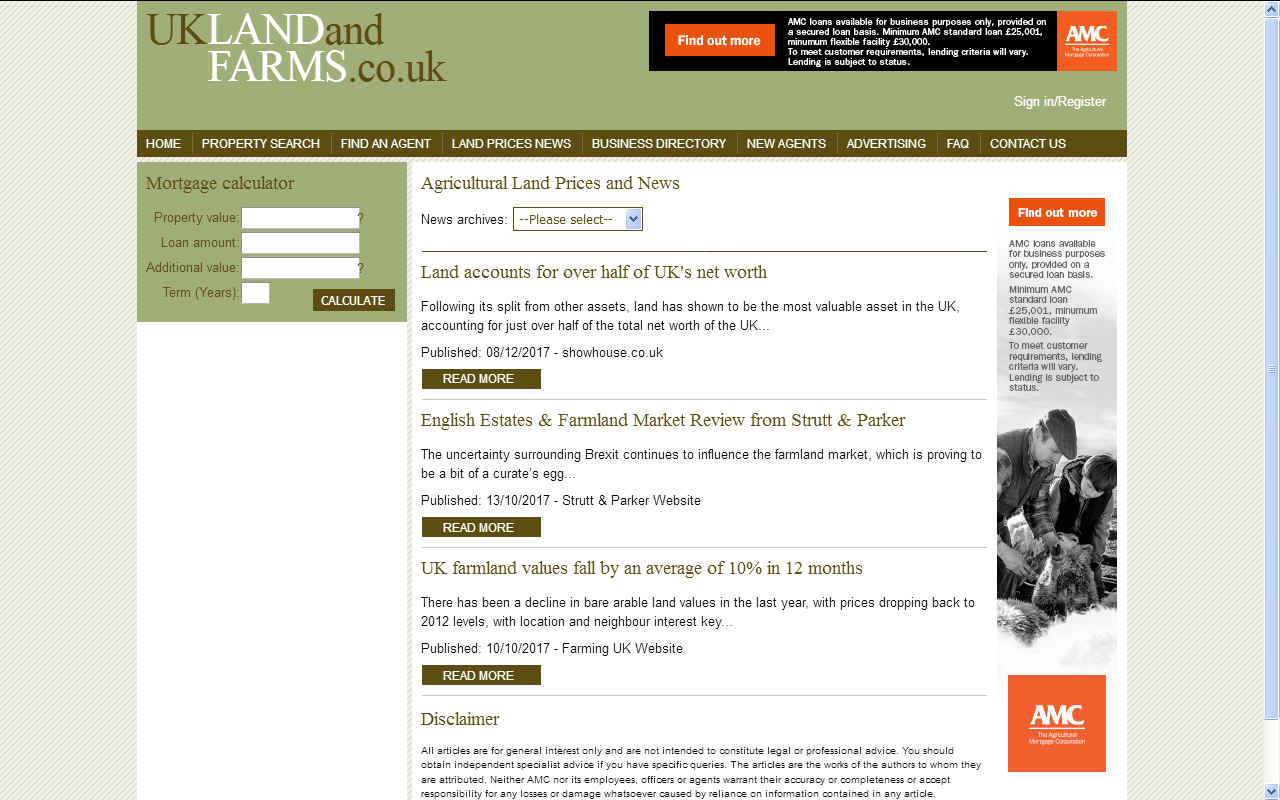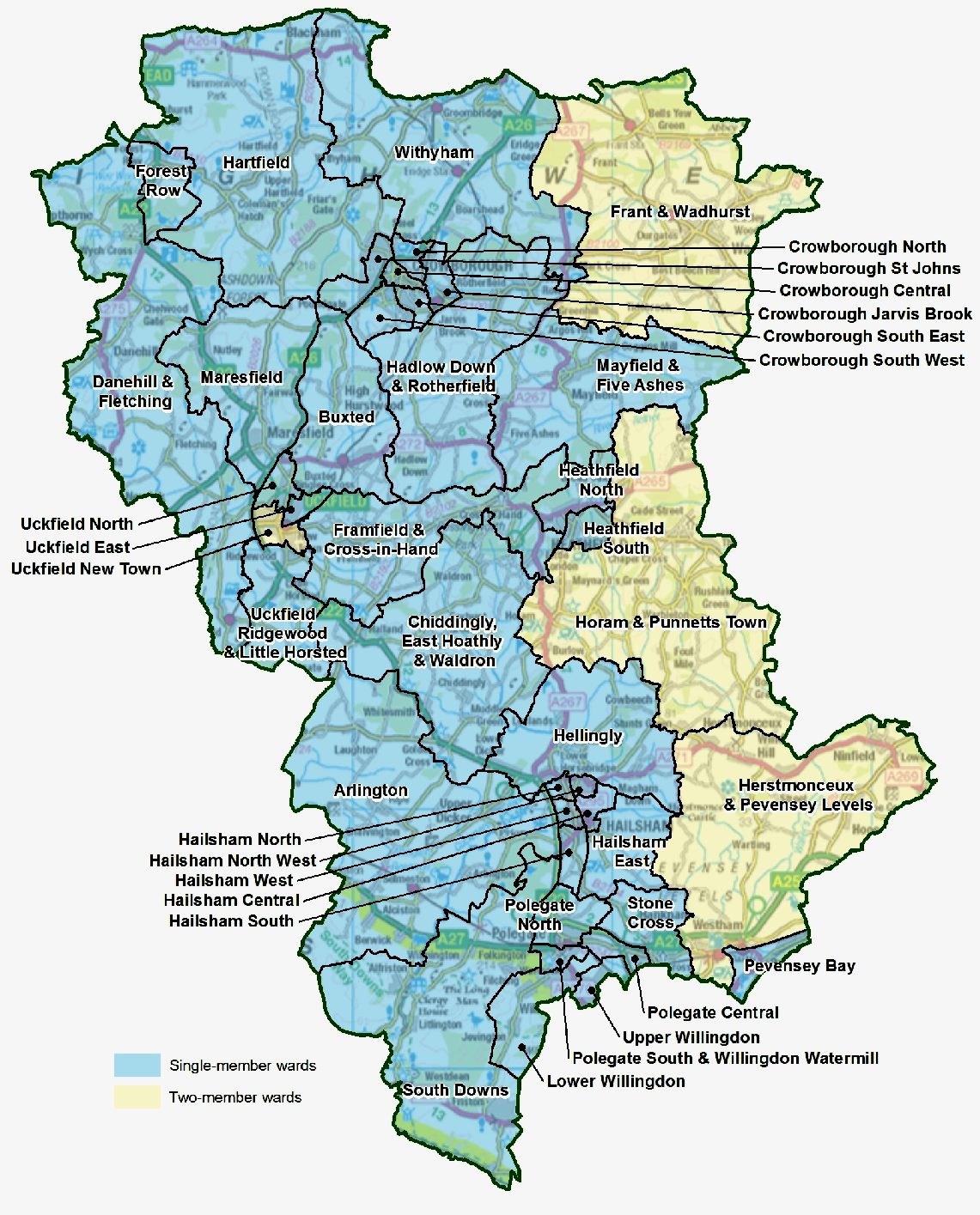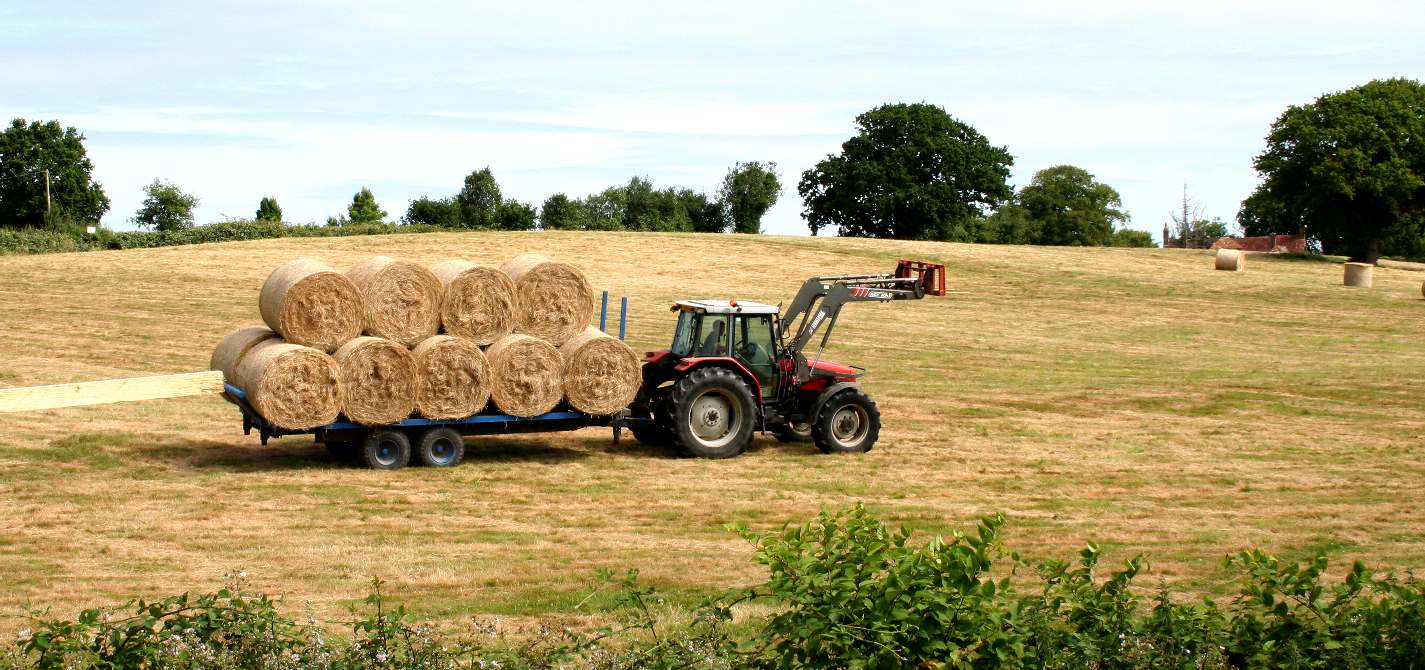|
LAND VALUES A-Z INDEX
|
Members of Councils typically have good relations with local farmers, property developers and estate agents. The same applies to planning officers and the lawyers employed by councils. Strangely, this situation is not conducive to a good supply of low cost, low carbon housing. We need low cost housing to stem the import of cheap labour.
The Government say that councils should identify a 5 and 10 year supply (rolling stock) of land for affordable housing. That is part of the National Planning Policy Framework, a document published in 2012 instructing councils what they should do to encourage the building of low cost housing for the low wage earners in society.
Just because people do not earn a lot of money, this does not make them any less important than the high-flyers at the other end of the salary spectrum. Why? Because low wage earners are typically low carbon families and very productive where they are the backbone of the nation: construction workers (for example), bricklayers, carpenters, landscapers, nurses and so on - people who get things done rather than cream off the backs of others. We cannot all be stockbrokers, musicians, film producers and actors, or society would cease to function properly.
One thing is clear, traditional houses are not up to the task of meeting our Climate Change obligation to future generations. Such house building should therefore cease in any great numbers.
GREEDY FARMERS & PROPERTY SPECULATORS
There is nothing wrong with speculating when it comes to housing development. Profits are needed to invest in the next generation of high-tech low-cost housing that is still high in quality. What is wrong today (Jan 2018) and has been wrong for a long time, is that those who own land in the UK know that they can just sit on it and become millionaires overnight without lifting a finger. That is why the Royals used to give vast estates to noblemen and wives by way of a dowry.
LAND VALUES
Land has been shown to be the most valuable asset in the UK, accounting for just over half of the total net worth of the UK.
Farmland values across the UK have fallen by over 10% during the past 12 months, according to new data from
property consultancy Carter
Jonas.
Savills predicted that the average value across all farmland types will drop 4.1% in the next five years, from £8,100 in 2015 to £7,800 in 2020 (not adjusting for inflation).
If land attracts planning permission for building, that £8,000 - 9,000 value per acre jumps to a staggering £1,000,000 million pounds or more based on the mix of housing presently being allowed to be built by council's like Wealden at the moment where they do not appear to know how to break the uplift cycle.
It's hardly surprising then, that farmers and other landowners are not prepared to donate land at sensible prices to allow the building of low cost housing. The way it stands at present they might as well sit on their hands.
Information about agricultural land prices in the
United Kingdom is important as agricultural land takes up over two thirds of the total land area at 17.2 million hectares or 71% and due to intensive farming techniques still provides around 60% of the country’s total food needs.
BREXIT AND CLIMATE CHANGE
Mark McAndrew, head of estate and farm agency at Strutt & Parker, said he thought the market had already fallen as far as it would go and next year would remain flat.
Banks are continuing to support the rural sector overall; however, six months on from the start of the official
Brexit negotiations, lenders were displaying more caution when considering proposals from
farmers.
HOW TO BREAK THE MILLIONAIRE WINDFALL CYCLE
There is a way to break the cycle and not force councils to make compulsory purchases that is speculative in nature and relatively high risk where no value has been set on the land in question. The answer is to set the value of the land by testing the water with an application to the Secretary of State, where the SOS may agree a value and set that in stone so that landowners will know that they cannot reasonably obtain any uplift past that point in time. The proposed method is a practical way of reducing land values, but only for genuinely affordable housing stocks with climate change in mind.
NEXT ....
Map of the Wealden District
LINKS
https://www.fwi.co.uk/business/UK-farmland-will-be-cheaper-in-2020-than-now-says-savills.htm http://www.rics.org/uk/knowledge/glossary/agricultural-land-prices/ https://www.farminguk.com/news/UK-farmland-values-fall-by-an-average-of-10-in-12-months_47618.html http://www.uklandandfarms.co.uk/agricultural-land-prices-news/land-accounts-for-over-half-of-UK-net-worth/
FARMING - The backbone of any society is the production of food to feed the population, though these days much of what we eat is imported from other producers, such as fish farmed in Asia. We can no longer find enough fish locally having exhausted our fisheries. Agriculture is also changing where we have drained the soil for so long with artificial fertilizers that yields will fall, meaning a shift to obtaining protein from the sea - but unfortunately we are disposing of around 8 millions tons of plastic in our seas - poisoning marine life that we need to keep us nourished. Food security is therefore high on the United Nations agenda via the Food and Agriculture Organization.
|
|
AFFORDABLE | CLIMATE | DEVELOPERS | ECONOMY | FLOOD | HISTORY | HOMES LADDER | MORALS | POVERTY | PROPERTY | SLAVERY | TAXES | SLUMS | VALUATIONS | WEALTH
|
